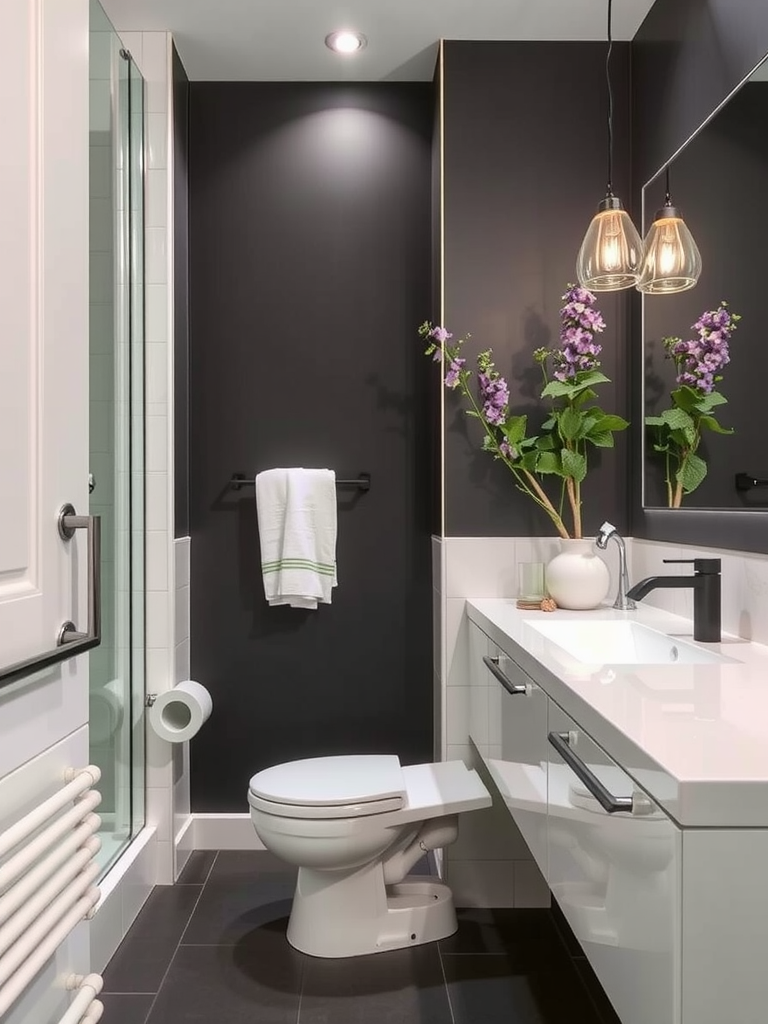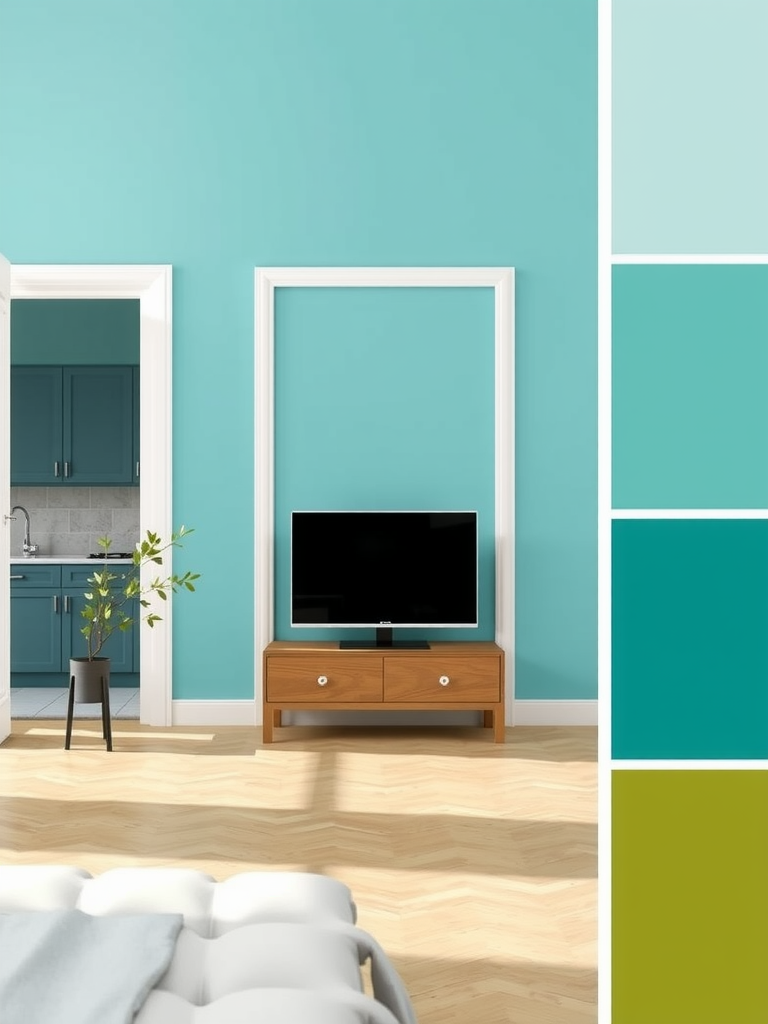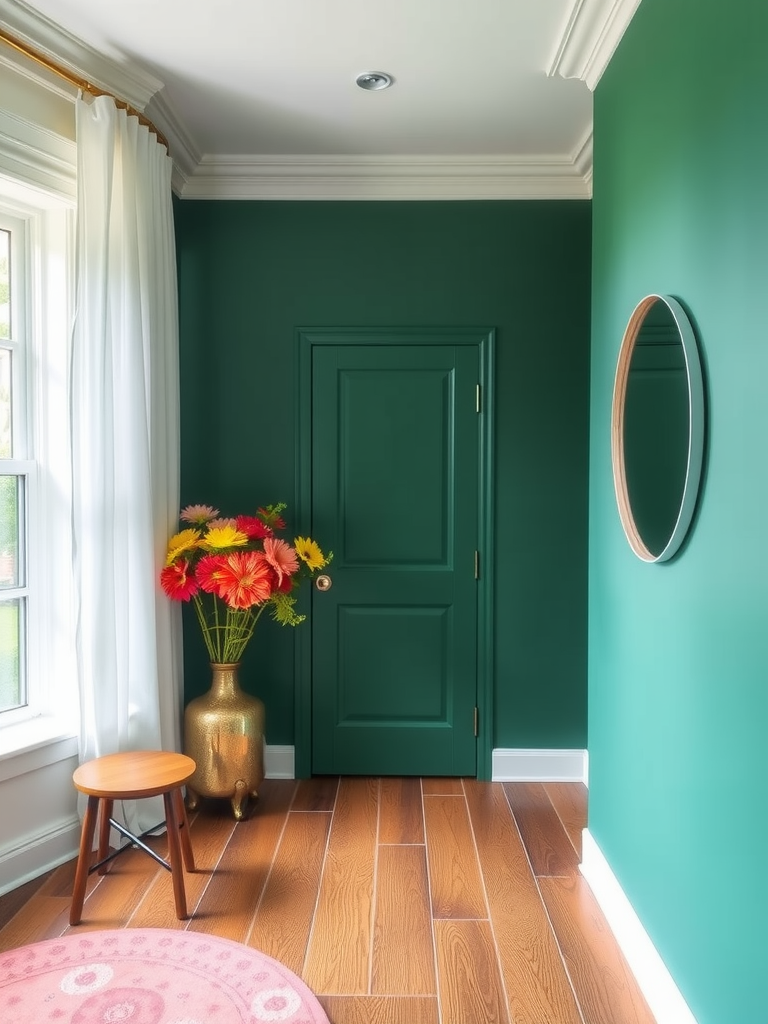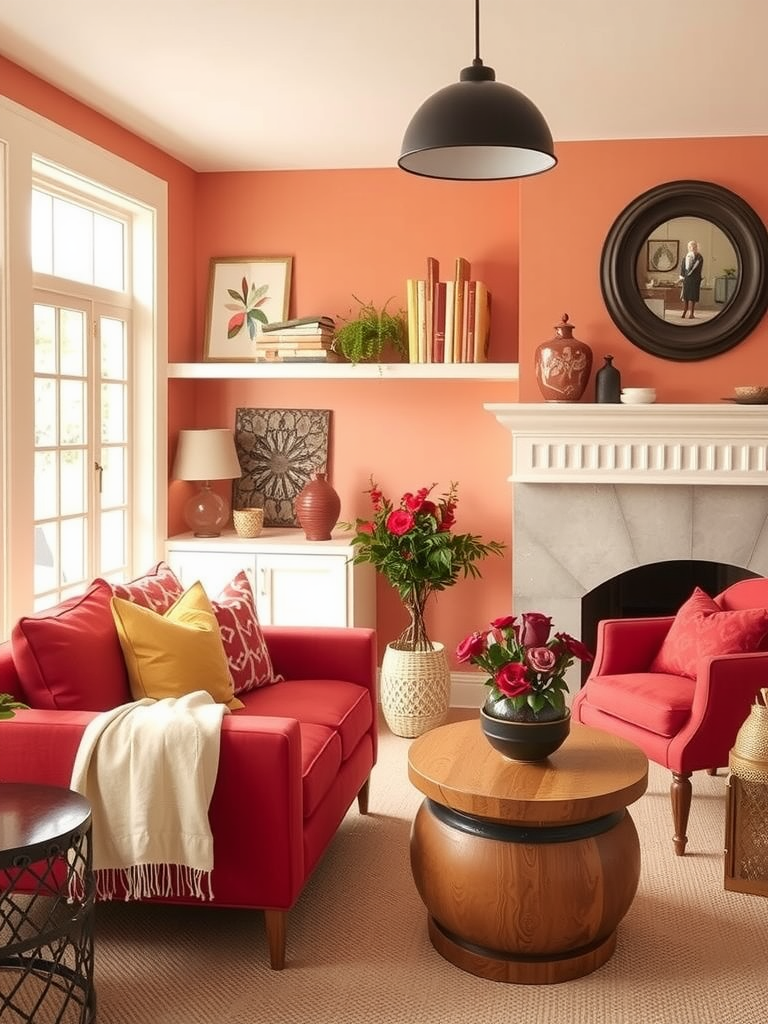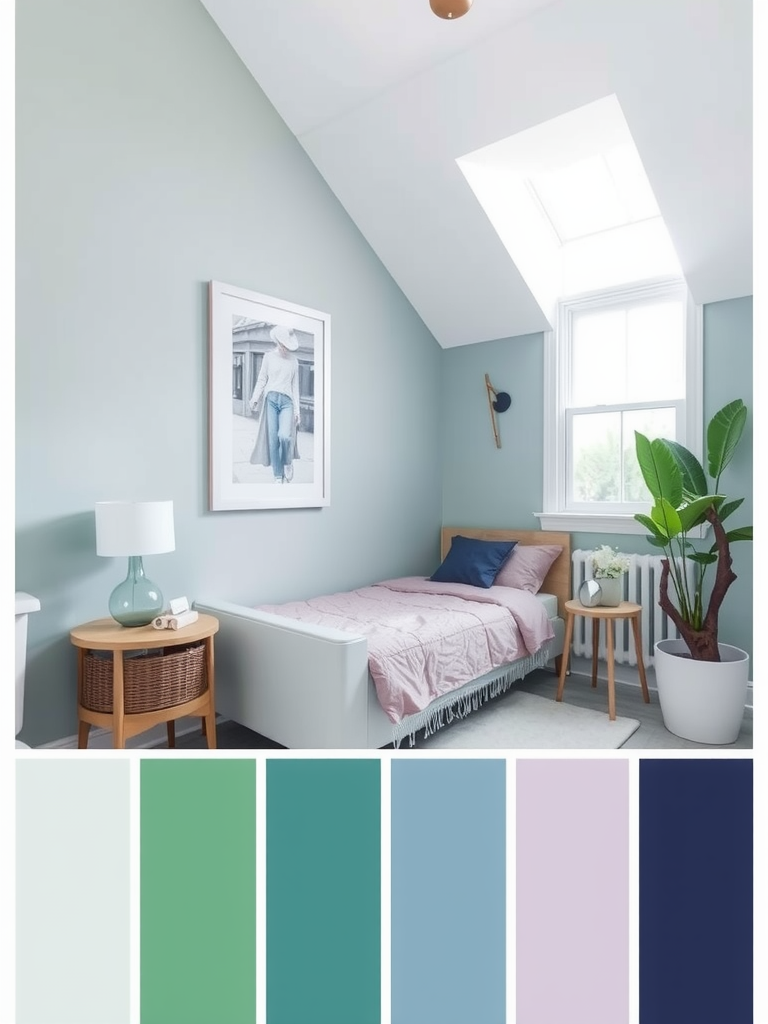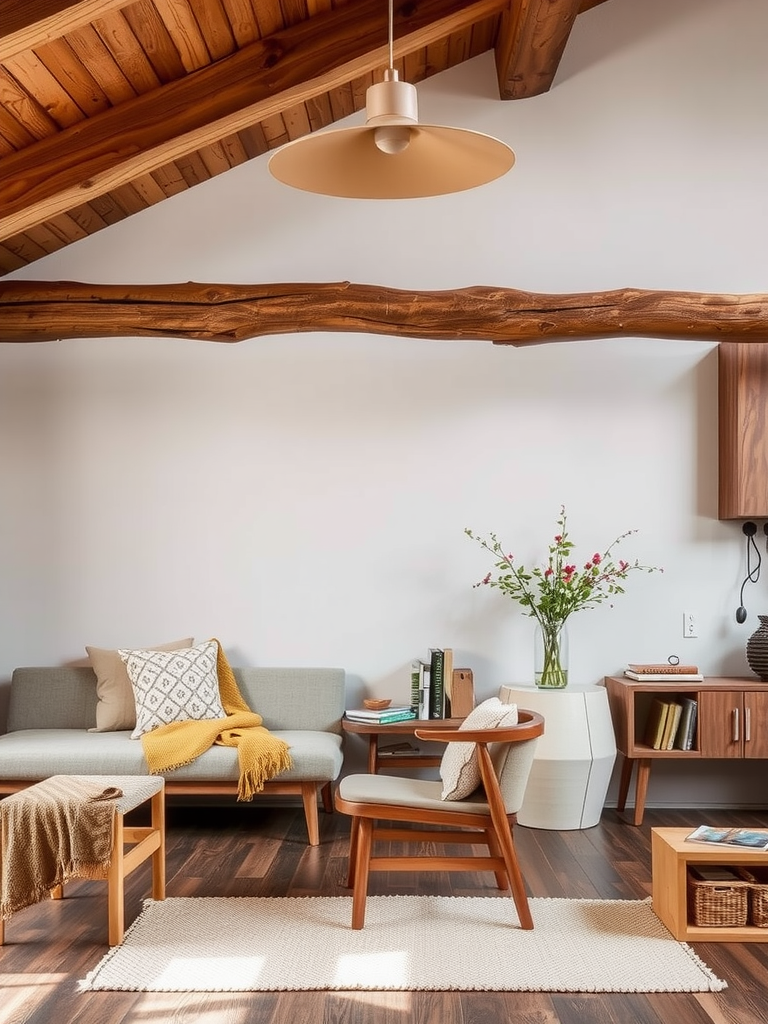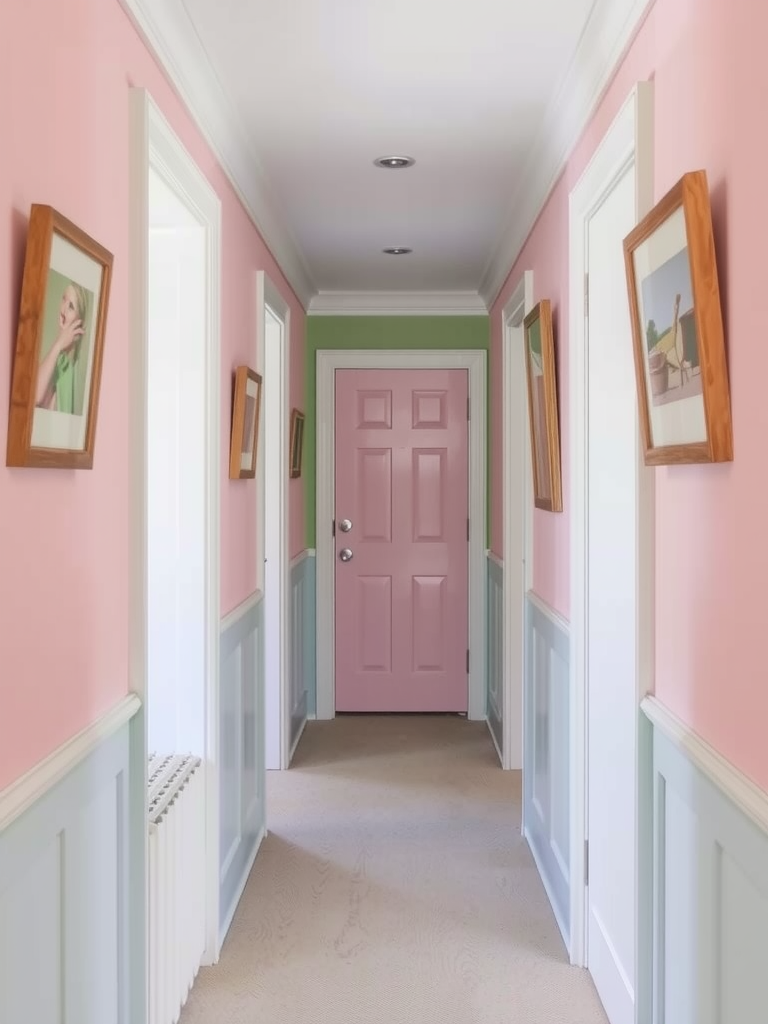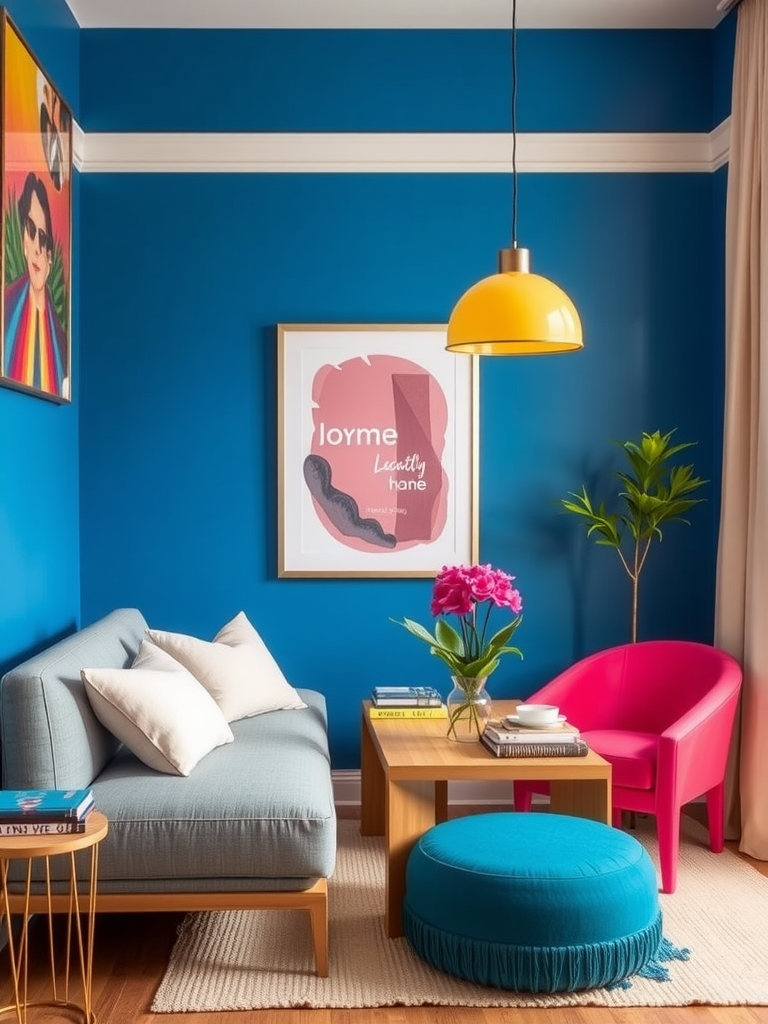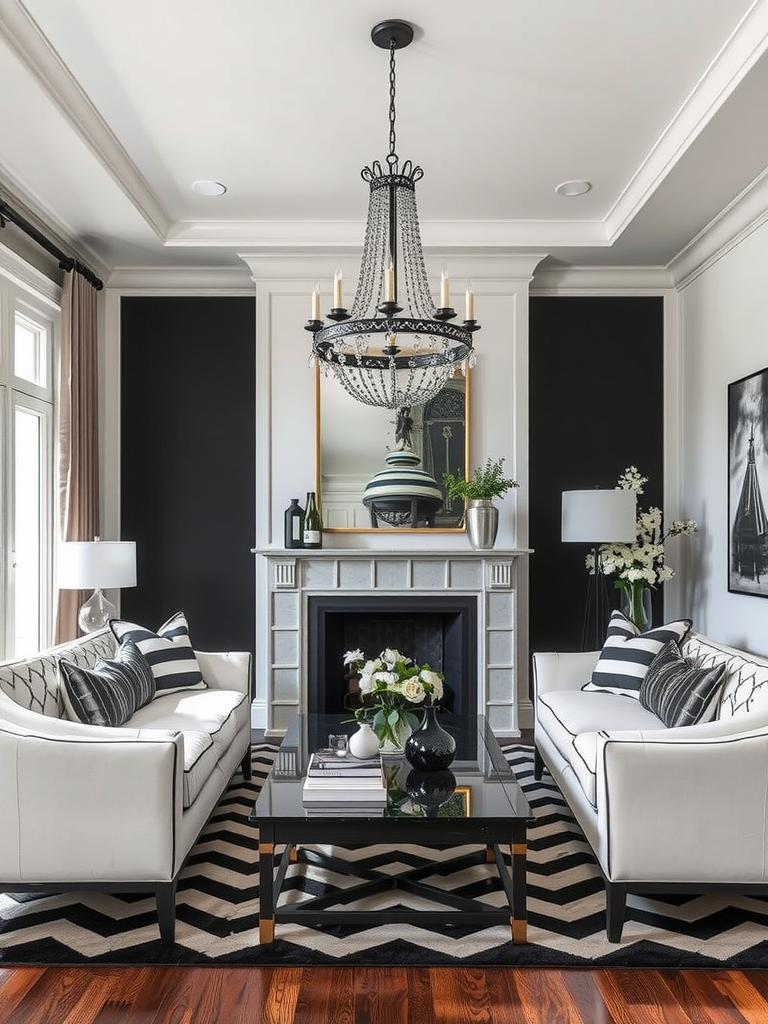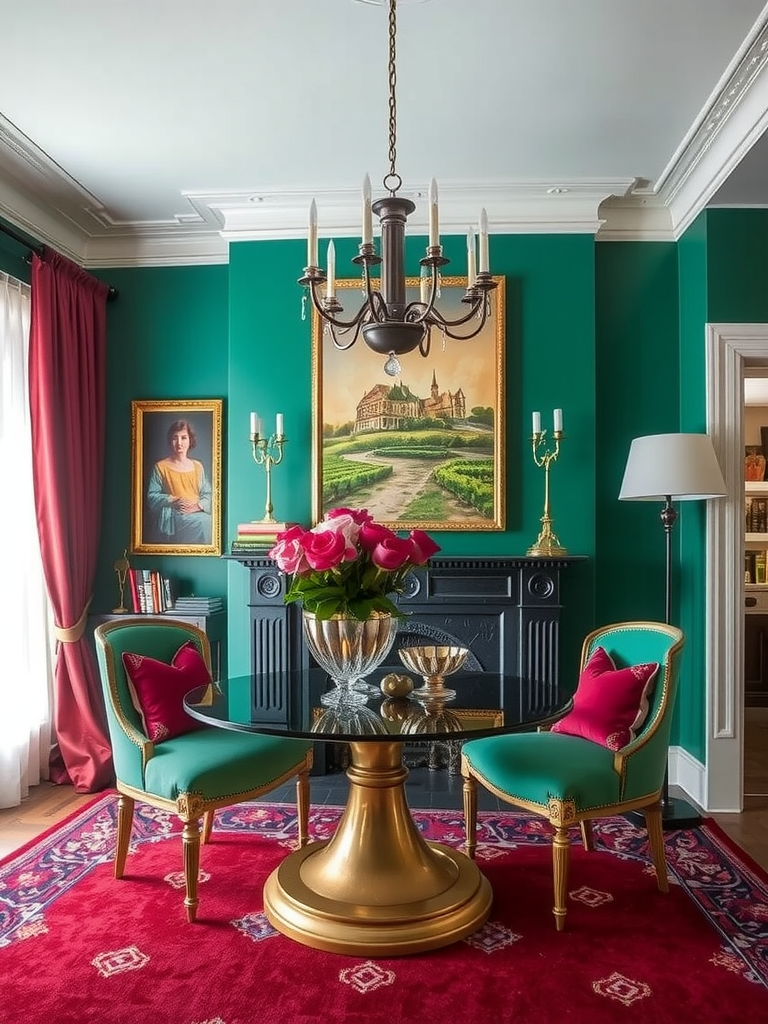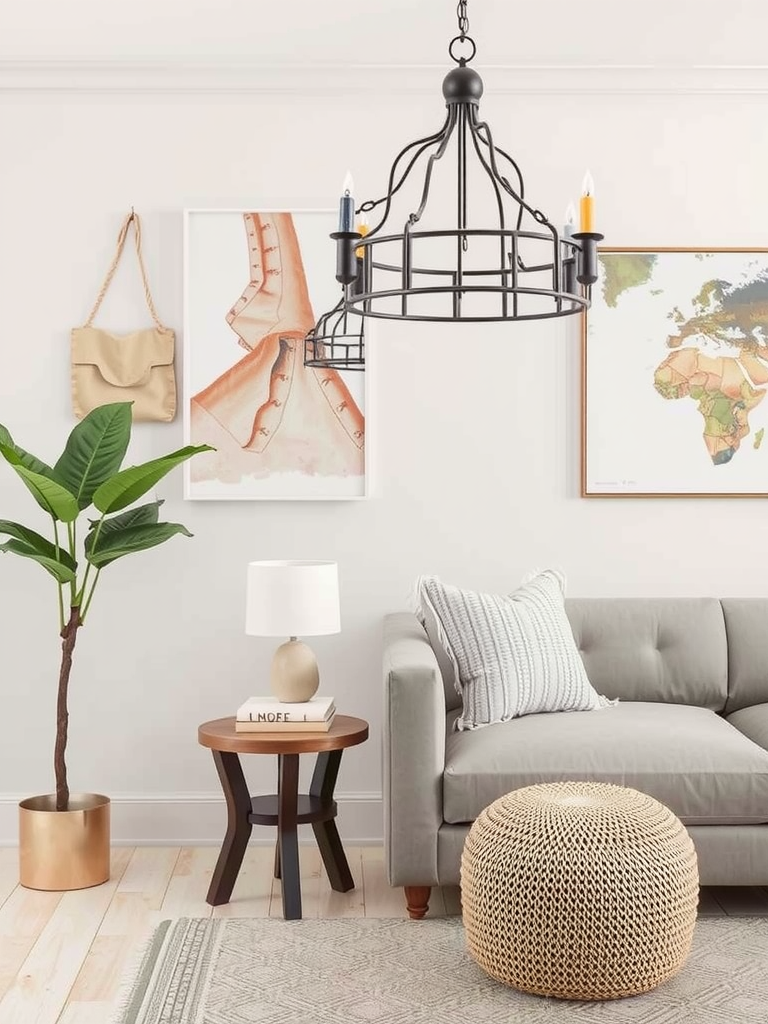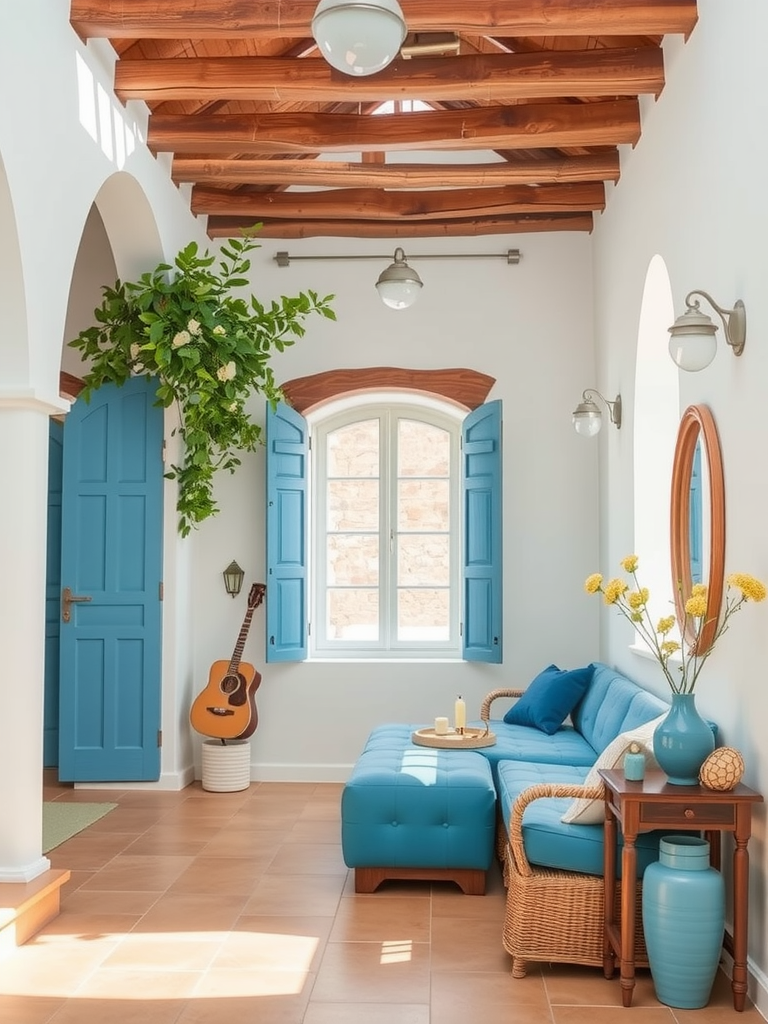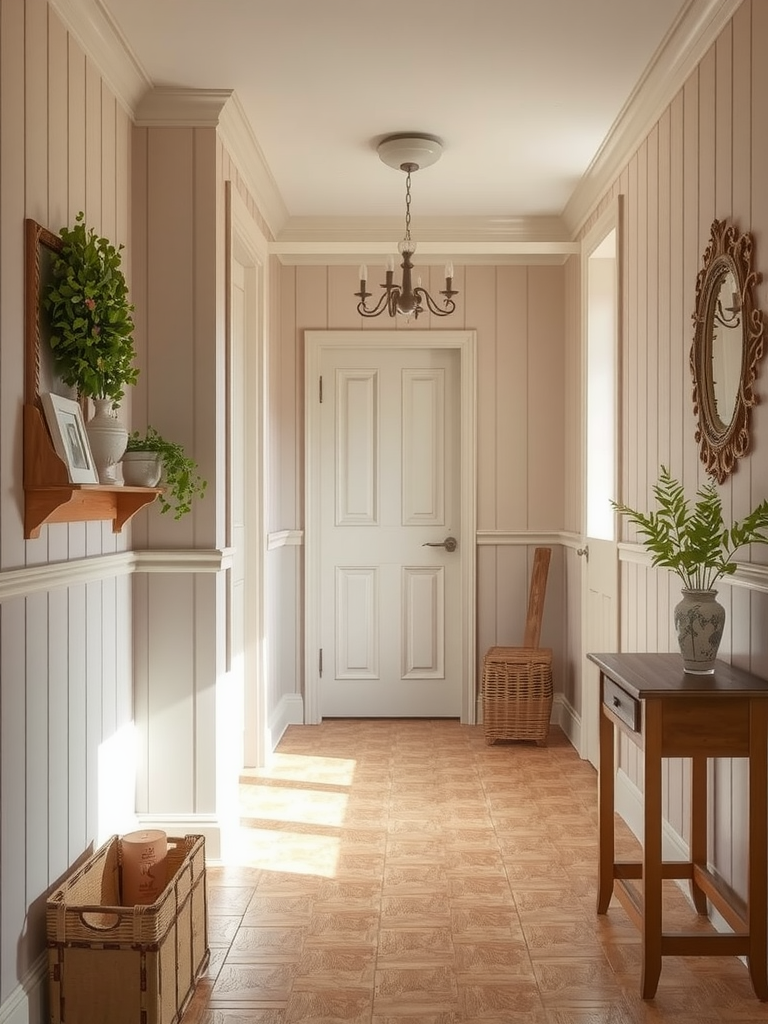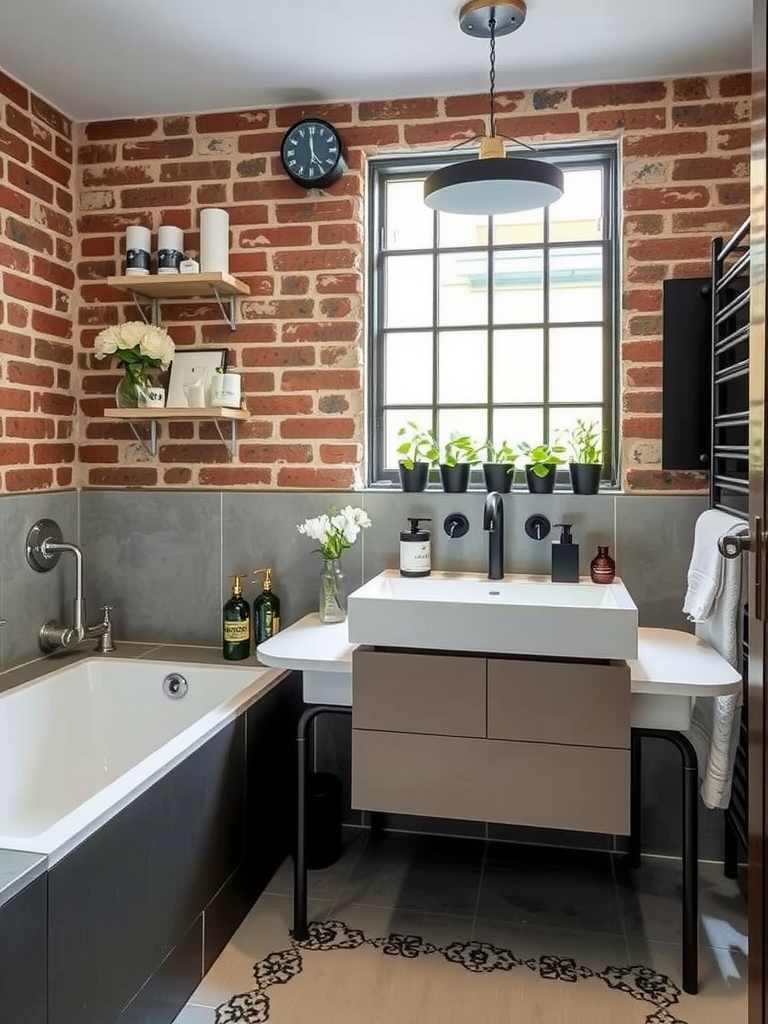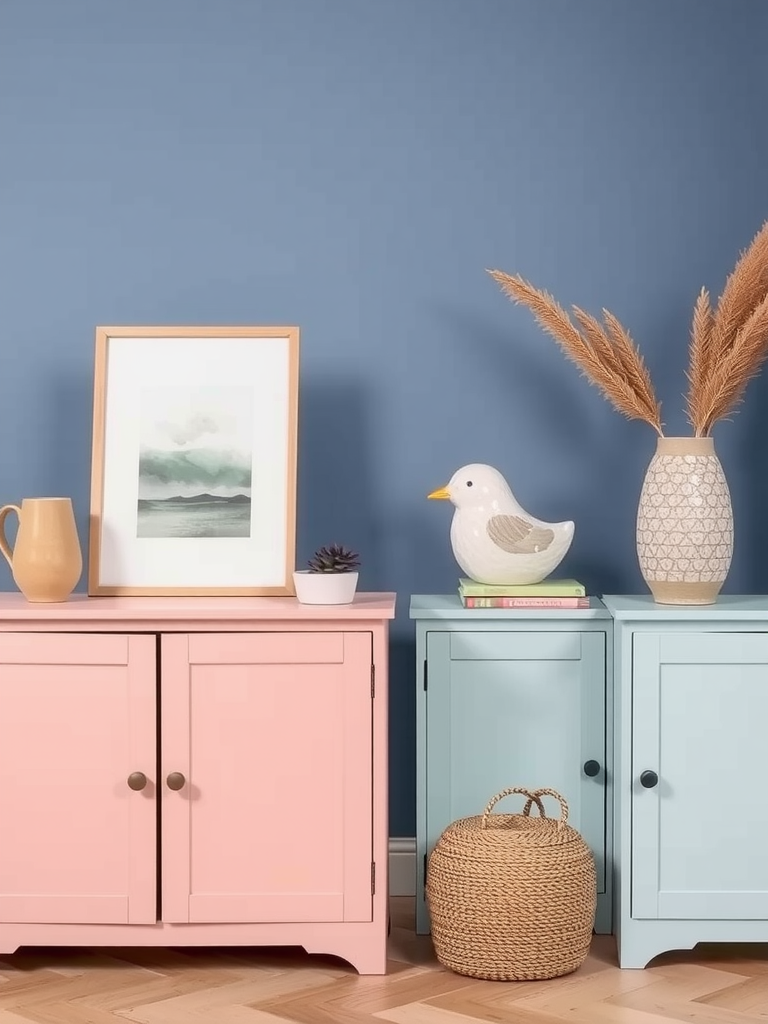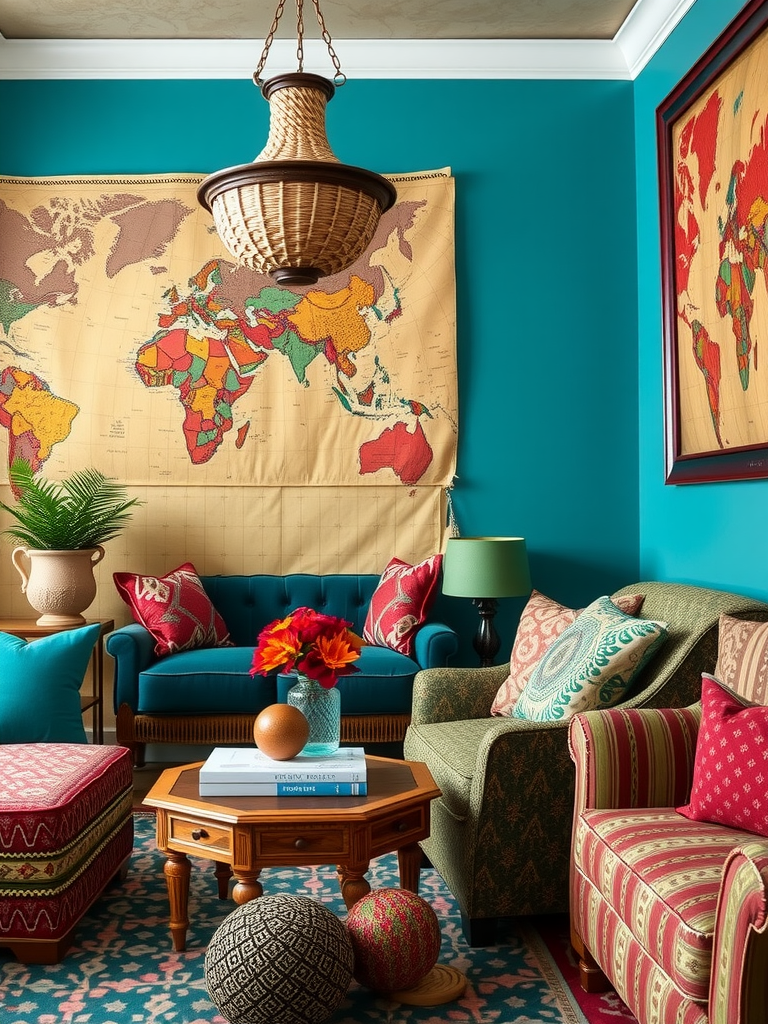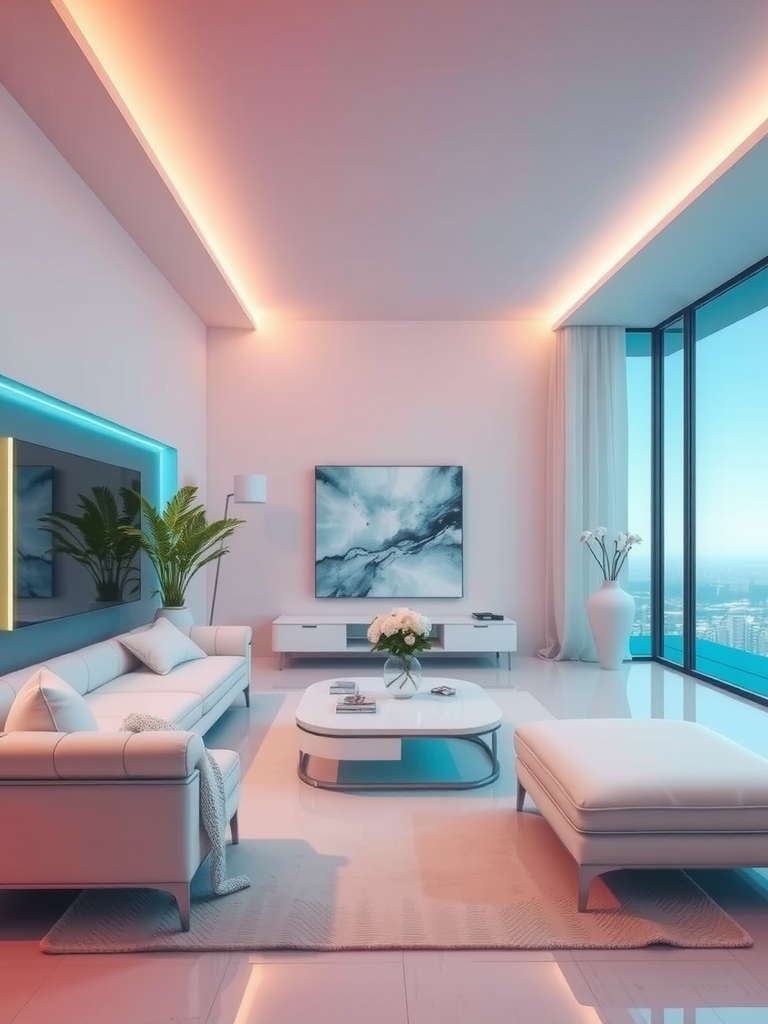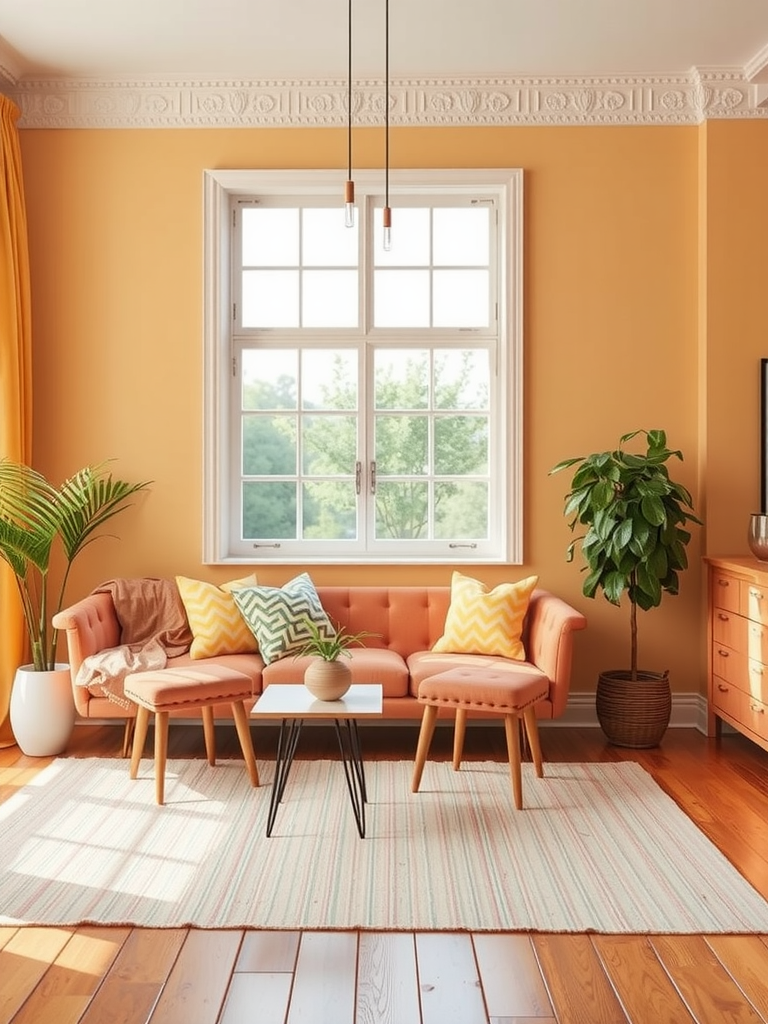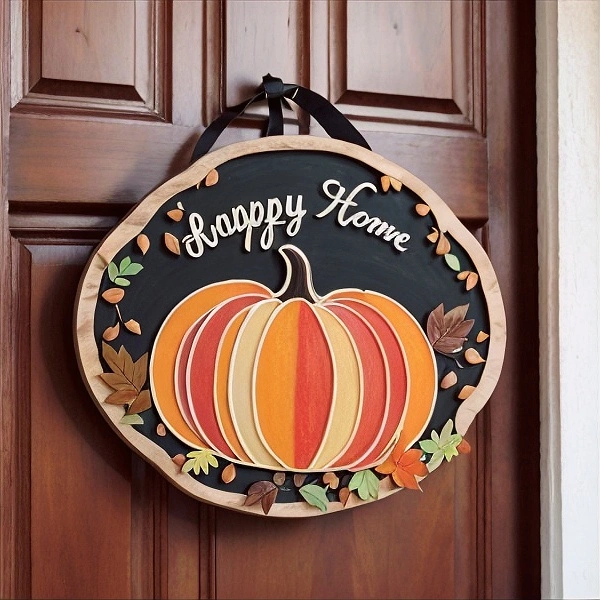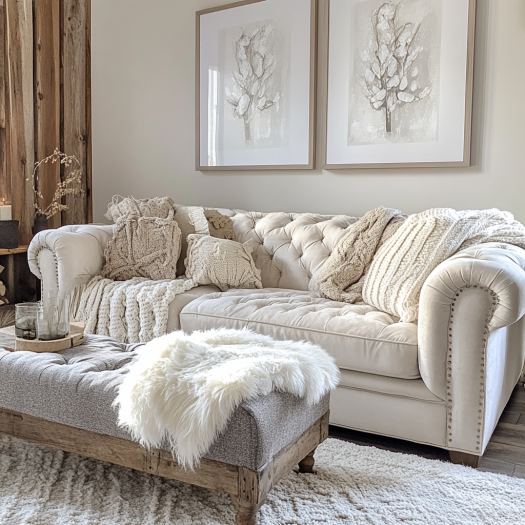Choosing the right color scheme for your home is crucial as it sets the mood and reflects your personality. A well-planned color palette can transform a dull space into a vibrant oasis or a chaotic area into a serene sanctuary. In this article, we’ll explore 18 home color schemes that cater to various styles and preferences to help you create a harmonious living environment.
Color is a powerful design tool that can influence how we feel in our spaces. Whether you prefer calming neutrals or bold, dramatic hues, understanding the emotional impact of color can guide your choices. Let’s dive into these engaging color schemes that can inspire your next home makeover.
1. Monochromatic Magic
A monochromatic color scheme uses variations of a single hue, creating a cohesive look throughout your home. This approach enhances depth and interest while maintaining simplicity. You can achieve this by mixing different shades, tints, and tones of the chosen color.
This style can be quite sophisticated, as it allows for subtle changes in texture and material to bring the space to life without overwhelming the senses.
2. Analogous Harmony
Analogous color schemes consist of three colors that are next to each other on the color wheel. For example, blue, green, and turquoise create a serene atmosphere, perfect for a tranquil bedroom or a peaceful living area.
This configuration promotes unity while providing enough contrast to keep the space engaging and dynamic.
3. Complementary Contrast
Complementary color schemes use colors that are opposite each other on the color wheel, such as blue and orange or red and green. This approach creates an exciting visual contrast that can energize a room and bring attention to specific areas.
When executed thoughtfully, complementary colors can add drama and balance, making spaces feel vibrant and alive.
4. Warm and Cozy
Using warm colors like reds, oranges, and yellows can create an inviting and cozy atmosphere in your home. These hues promote feelings of warmth and comfort and are especially effective in gathering spaces such as living rooms and kitchens.
Pairing warm colors with soft neutrals can also help tone down intensity, bringing a balanced and welcoming feeling to your interiors.
5. Cool and Calm
Cool colors like blues, greens, and purples evoke a sense of tranquility and relaxation, making them perfect for bedrooms and bathrooms. These shades can help reduce stress and promote restful sleep.
When used together, cool colors can create a refreshing atmosphere reminiscent of nature and its soothing elements.
6. Earthy Tones
Earthy tones such as browns, greens, and soft grays connect your home to nature, promoting a sense of grounding and stability. These colors work wonderfully in spaces where you want to create a cozy, rustic feel.
Incorporating natural materials, like wood and stone, along with earthy colors can amplify that connection to the outdoors and foster a warm ambience.
7. Soft Pastels
Soft pastels like mint green, lavender, and peach create a gentle and soothing environment. This color scheme is perfect for nurseries, children’s rooms, or any space where you want to evoke a sense of calm and gentleness.
Pastels can also be paired with bolder colors to create dynamic yet harmonious interiors while maintaining a light-hearted atmosphere.
8. Bold and Bright
If you want to make a statement, bold colors like fuchsia, royal blue, and electric yellow can create energetic and lively spaces. This scheme is perfect for creative spaces or social areas where you want to showcase personality and vibrancy.
Combining bold hues with neutral accents can help balance the intensity and create a welcoming environment.
9. Black and White Elegance
A black and white color palette is a classic choice that exudes sophistication and timelessness. This scheme can work in various styles, from modern to traditional, and provides a versatile backdrop for any interior design.
Incorporating patterns and textures, such as stripes or geometric designs, can add visual interest while maintaining a sleek look.
10. Jewel Tones
Jewel tones like emerald green, sapphire blue, and ruby red add richness and depth to your home. These colors can create a luxurious and opulent feel, making them ideal for formal areas or statement pieces.
Combining jewel tones with gold or silver accents can further enhance their vibrancy and sophistication.
11. Neutral Palette
A neutral color scheme, comprising shades of beige, gray, and white, creates a calm and serene atmosphere. This versatile palette works well for any room and is highly adaptable to various design styles.
By adding accent colors and textures through decor and furnishings, it’s easy to personalize the neutral backdrop and keep the space feeling fresh and inviting.
12. Mediterranean Vibes
Inspired by the colors of the Mediterranean, this color scheme uses soft whites, warm desert tones, and ocean blues. These hues create a bright and airy feel reminiscent of coastal living.
This palette can be complemented with natural materials such as terracotta tiles and wooden beams to enhance the Mediterranean-inspired aesthetic.
13. Vintage Charm
Vintage-inspired color schemes often include faded pastels, muted greens, and deep reds, creating a nostalgic atmosphere. This palette suits homes with traditional or farmhouse styles, as it evokes a sense of warmth and character.
Pairing vintage colors with antique furnishings and decor can amplify the charm and authenticity of your space.
14. Industrial Edge
Industrial color schemes typically incorporate earthy grays, blacks, and metallics, reflecting the materials found in urban environments. This palette is ideal for loft-style apartments or modern homes seeking a raw, edgy look.
Incorporating concrete, brick, and steel can heighten the industrial aesthetic and create a cohesive design.
15. Seasonal Inspiration
Consider adjusting your color scheme with the seasons to bring new life to your home. In spring, warmer pastel shades can brighten up your space, while fall can inspire richer, deeper hues like maroon and burnt orange.
This approach allows you to refresh your interiors regularly and keep your home feeling seasonal and lively.
16. Global Influences
Incorporating colors inspired by global cultures can add an eclectic and adventurous spirit to your home. Rich reds, vibrant turquoises, and earthy browns often represent various regions and their traditions.
Combining these colors with traditional patterns and textures can create a unique and globally-inspired environment.
17. Futuristic Colors
For a modern aesthetic, consider a futuristic color scheme featuring metallics, neon accents, and pure whites. This palette fosters a sense of innovation and forward-thinking, perfect for contemporary designs.
Pairing unconventional colors with sleek, minimalist furnishings can create a striking and avant-garde look.
18. Personal Favorites
Ultimately, your chosen color scheme should resonate with you personally. Consider your favorite colors and how they make you feel in a space. Infusing your home with your preferences will create a personalized haven.
Don’t hesitate to experiment with different combinations to represent your style accurately and enjoy a home you love.
Conclusion
Selecting the right color scheme for your home can dramatically impact its overall aesthetic and ambiance. With 18 unique color schemes to choose from, there is something for everyone, regardless of personal taste or style.
By considering the moods and emotions associated with various colors, you can craft a beautiful and inviting environment tailored to your needs and preferences.
Frequently Asked Questions
How do I choose a color scheme for my home?
Consider the mood you want to create, your personal preferences, and the function of each space when selecting a color scheme.
Can I mix different color schemes in one house?
Yes, different rooms can feature distinct color schemes, but ensure they flow cohesively throughout the home for a harmonious look.
What are the best colors for small spaces?
Light, neutral colors can make small spaces feel larger, while mirrors and reflective surfaces can also enhance the feeling of space.
How can I incorporate bold colors without overwhelming a room?
Use bold colors as accents through furniture or decor pieces, paired with neutral backgrounds to strike a balance.
What trends should I consider when selecting colors?
Stay updated on color trends by following interior design publications and websites, while also considering timeless colors for longevity.

